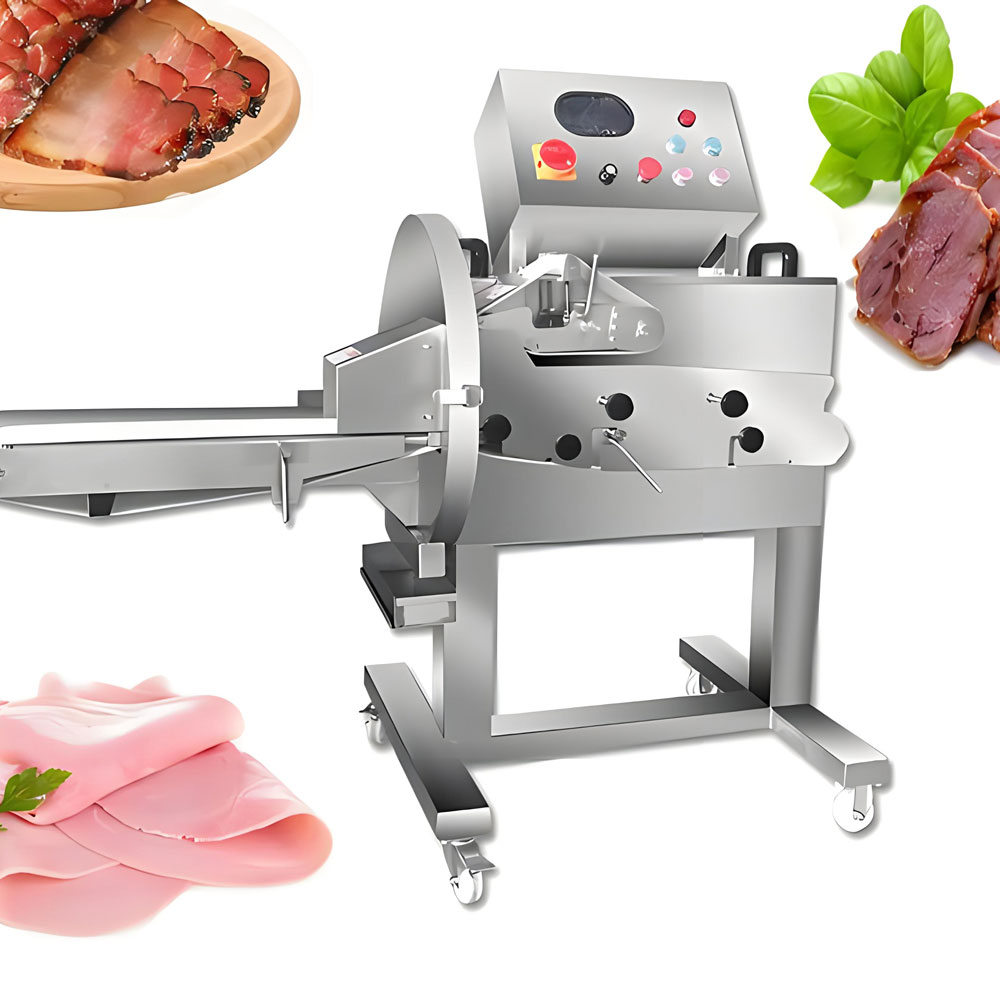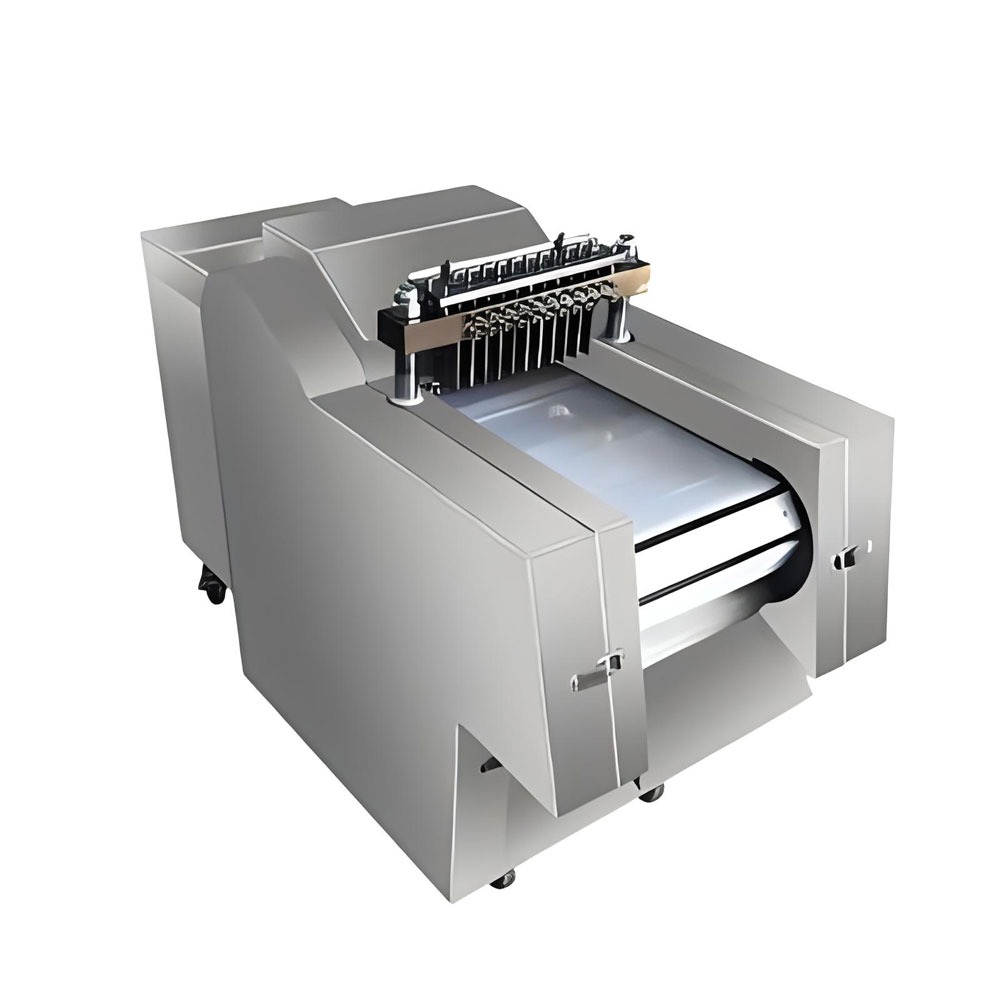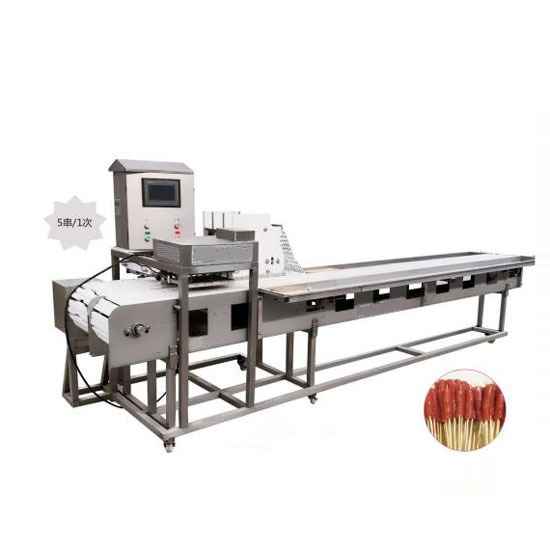How Much Does Meat Processing Equipment Cost
A Comprehensive Guide to Pricing and Factors
In the dynamic world of food production, meat processing equipment stands as an indispensable asset, transforming raw meat into delectable and marketable products. From industrial-scale meat grinders to compact countertop slicers, the diverse range of equipment caters to a variety of needs and budgets. However, navigating the intricacies of meat processing equipment pricing can be a daunting task. This comprehensive guide delves into the factors influencing equipment costs, empowering you to make informed purchasing decisions.

Factors Influencing Meat Processing Equipment Costs
Several key factors contribute to the overall cost of meat processing equipment:
Equipment Type: The type of equipment plays a significant role in determining its price. Specialized equipment, such as industrial-grade meat grinders and tenderizers, generally commands higher prices compared to simpler items like manual slicers or grinders.
Capacity and Functionality: Equipment capacity, measured in output per hour or batch size, significantly impacts pricing. Larger or higher-capacity equipment designed for large-scale operations typically carries a higher price tag. Additionally, equipment with advanced functionalities, such as automated controls or temperature regulation, often falls into a higher price bracket.
Brand Reputation and Quality: Renowned brands with a proven track record of quality and reliability often command higher prices. This premium reflects the brand's commitment to superior materials, craftsmanship, and customer support.
Material Construction: The materials used in equipment construction influence its durability, performance, and cost. Stainless steel, a popular choice for its corrosion resistance and sanitation ease, generally commands a higher price compared to less durable materials.
New vs. Used Equipment: Opting for used equipment can significantly reduce upfront costs. However, carefully evaluate the equipment's condition, maintenance history, and warranty coverage to ensure a worthwhile investment.
Price Ranges for Common Meat Processing Equipment
To provide a general perspective, here's a breakdown of approximate price ranges for common meat processing equipment categories:
Meat Grinders:
- Home/Hobby: $50 - $200
- Commercial-Grade: $200 - $5,000+
- Industrial: $5,000+
Meat Slicers:
- Home/Hobby: $50 - $300
- Commercial-Grade: $300 - $2,000+
- Industrial: $2,000+
Meat Tenderizers:
- Manual: $20 - $100
- Mechanical: $100 - $1,000+
- Hydraulic: $1,000+
Sausage Stuffers:
- Manual: $50 - $200
- Electric: $200 - $1,000+
- Hydraulic: $1,000+
Additional Considerations
Beyond the initial equipment cost, consider these additional factors:
Installation Costs: Some equipment may require professional installation, adding to the overall expense.
Maintenance Costs: Regular maintenance, including cleaning, lubrication, and part replacements, contributes to the ongoing cost of ownership.
Energy Efficiency: Energy-efficient equipment can save money on electricity bills over time.
Tips for Savvy Purchasing
To make informed purchasing decisions, follow these tips:
Define Your Needs: Clearly identify your specific meat processing requirements, considering factors like production volume, desired features, and budget.
Research and Compare: Research different brands, models, and retailers to compare prices and features.
Read Reviews: Consult online reviews and customer testimonials to gain insights into equipment performance and reliability.
Consider Used Equipment: Evaluate the viability of used equipment, ensuring it meets your needs and is in good condition.
Negotiate Prices: Don't hesitate to negotiate prices, especially when purchasing multiple items or from reputable dealers.
Conclusion
Meat processing equipment represents a significant investment for businesses and individuals involved in meat production. By understanding the factors influencing equipment costs, carefully evaluating your needs, and making informed purchasing decisions, you can optimize your investment and reap the benefits of efficient, high-quality meat processing.



